Michelin Guide 2011 in 3 minutes
A checklist for the Michelin Guide, Tokyo, Yokohama, Kamakura, 2011
Posted: Thu Dec 02 2010
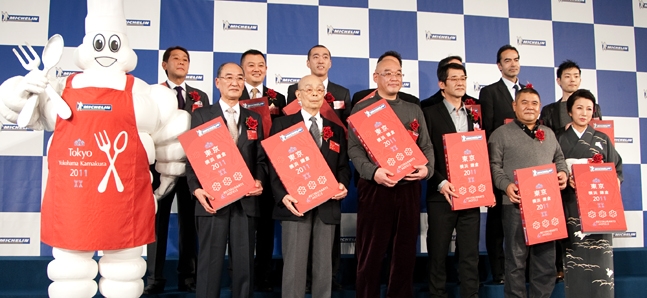
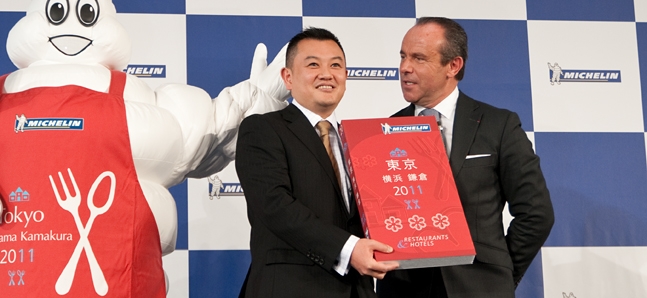

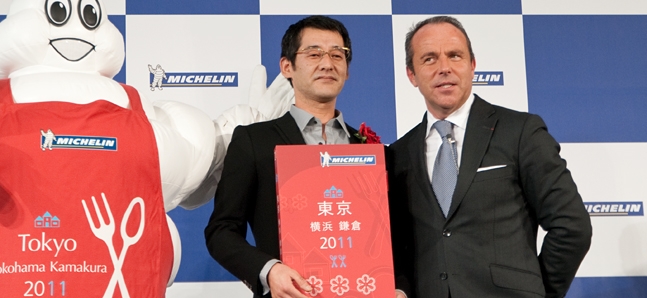

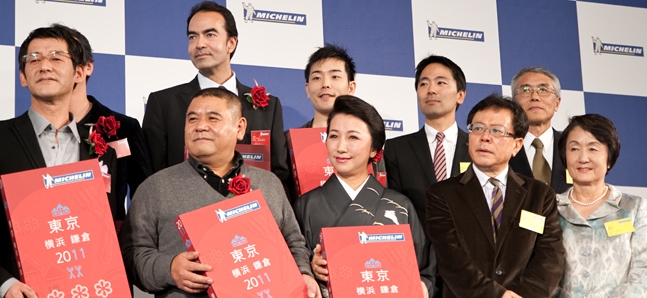
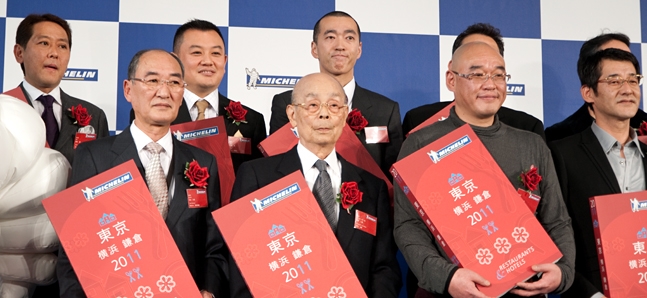
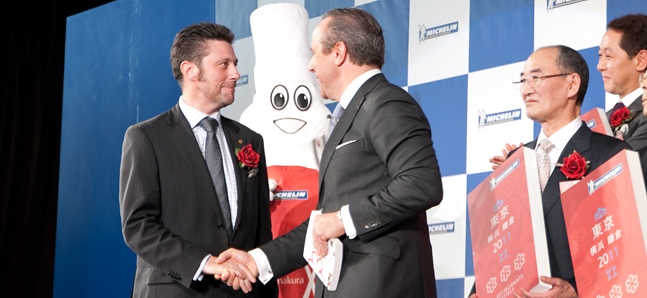
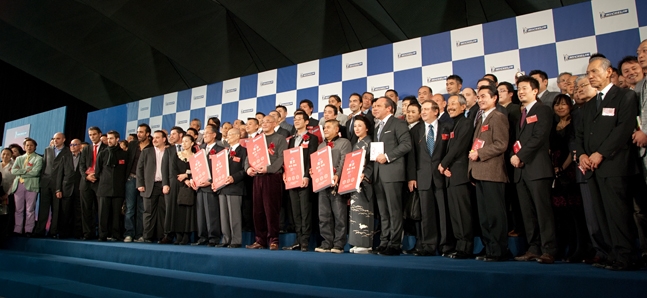
The ‘Michelin Guide Tokyo Yokohama Kamakura 2011’ was unveiled with a launch party and press conference on November 24, 2010. First published in France in 1900 the Michelin Guide now covers 23 countries and spans 26 categories. The first Japanese edition was first published in 2008. Initially only covering Tokyo, the series later expanded with a Kyoto and Osaka edition in 2010. Now with the inclusion of Yokohama and Kamakura in the 2011 Tokyo edition, the Michelin series for Japan is said to have expanded remarkably rapidly.
Tokyo has maintained its position as the city with the highest number of Michelin stars in the world. In the ‘Michelin Guide Tokyo Yokohama Kamakura 2011’ there are 14 restaurants (all in Tokyo) which have been awarded three stars, 54 restaurants (52 in Tokyo, 2 in Yokohama) which have been awarded two stars, and 198 restaurants (174 in Tokyo, 14 in Yokohama and 10 in Kamakura) that have been awarded one star. A newcomer in the three star category is the restaurant Araki. Fugu restaurant Usukifugu Yamada-ya, Tempura 7chome Kyoboshi, Japanese cuisine Hamada-ya have increased from two to three stars. Modern French cuisine L’osier has been omitted from the line up because it will close temporarily in March 2011.
So that users of the guide can work out at a quick glance which restaurants offer meals for less than ¥5,000, the 2011 edition awards these restaurants with a coin mark. The guide aims to be a convenient guide for anyone and everyone and aims to dispel the myth that good food comes at a high price. About one third of the 266 starred restaurants have been given a coin mark. However, while the French restaurant in Harajuku Restaurant I or Chinese restaurant Hei Fung Terrace at the Peninsula Hotel have been given a mark, the coin mark really only applies to the lunch course. So if it is dinner that you are after, the coin mark doesn’t have much meaning.
After taking a look through the guide, one disappointing thing is that although the Yokohama area has been extensively covered, not one restaurant in Chinatown has made it into the guide. Time Out Tokyo asked Jean-Luc Naret, the Directéur General of the Michelin Guide, why this was the case. ‘In the case of Japan, if a restaurant doesn’t receive a star then it doesn’t go into the guide. It needs to be at a superior level worthy of at least a star to get in. Naturally, the inspectors and myself went to restaurants in Chinatown and unfortunately we didn’t find any restaurants that were equivalent to one star. However, if the Chinese restaurants in Chinatown put in more effort they could get listed. I am sure that there is going to be some really great restaurants’ replied Naret in a defiant manner to Yokohama’s Chinatown, which has a very long history. In France some people have even committed suicide over the stars. It seems that the people awarding the stars and the potential recipients need to be ‘prepared’.
When we congratulated Jiro Ono from Sukiyabashi Jiro for being awarded three stars for four years straight he replied ‘It’s great isn’t it. [Laughs] The fourth year is even better than the third year. So I am really happy. You know at the moment the seasons have been going crazy because of global warming, so rather than it being about what’s good in a particular season, is more about what is good on a particular day. I want my customers to come and enjoy the taste of the food of the day.
Restaurants, which have been awarded three stars in the ‘Michelin Guide Tokyo Yokohama Kamakura 2011’, are as follows:
Sushi Araki
Japanese Ishikawa
Fugu usukifugu Yamada-ya
Modern Japanese Esaki
Japanese Kanda
Modern French Quintessence
Japanese Koju
Modern French Joël Robuchon
Sushi Sukiyabashi Jiro Honten
Sushi Sushi Saito
Sushi Sushi Mizutani
Tempura 7chome Kyoboshi
Japanese Hamada-ya
Japanese Yukimura
‘Michelin Guide Tokyo Yokohama Kamakura 2011’
Available on book stores nationwide
Prices: Japanese edition ¥2,520 (tax incl); English edition vary depending on the store
Tweets
- About Us |
- Work for Time Out |
- Send us info |
- Advertising |
- Mobile edition |
- Terms & Conditions |
- Privacy policy |
- Contact Us
Copyright © 2014 Time Out Tokyo










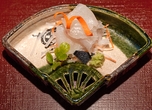


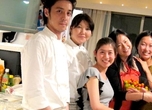
Add your comment